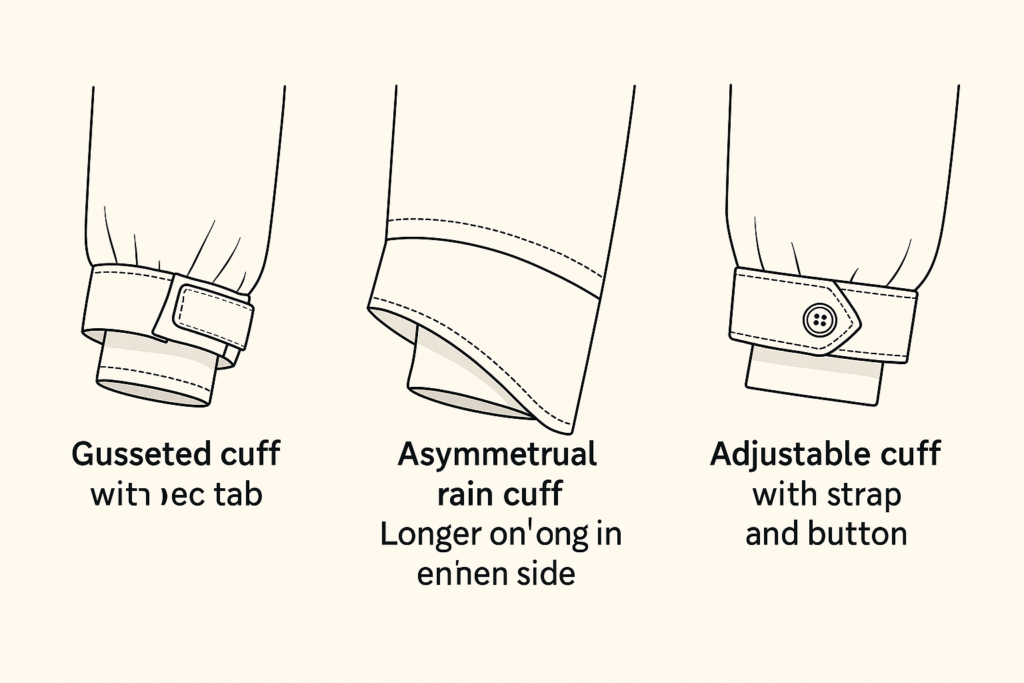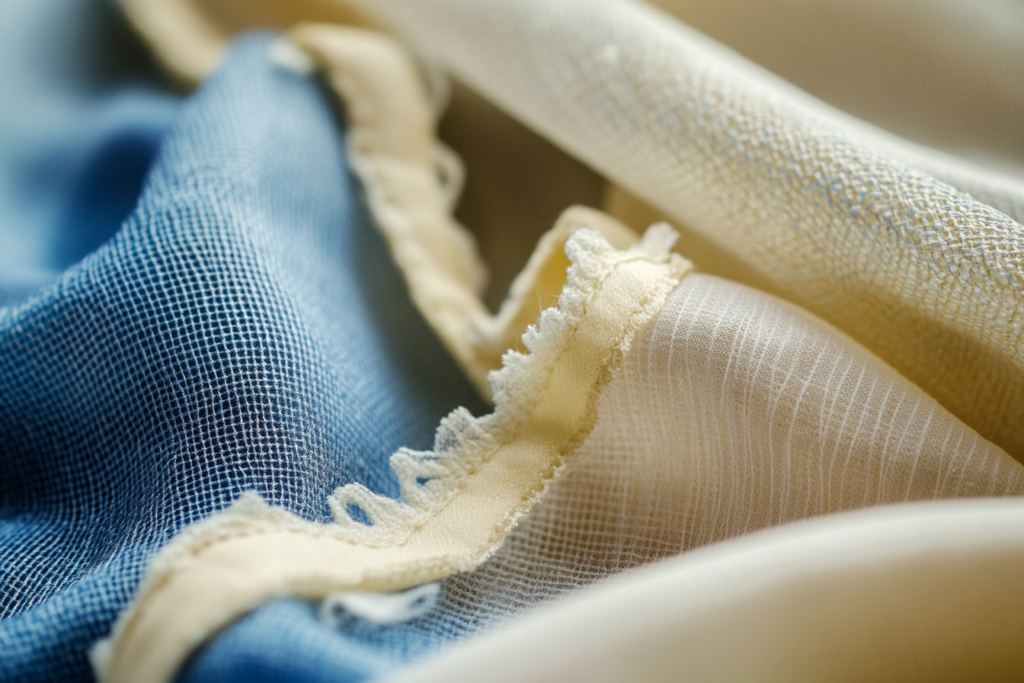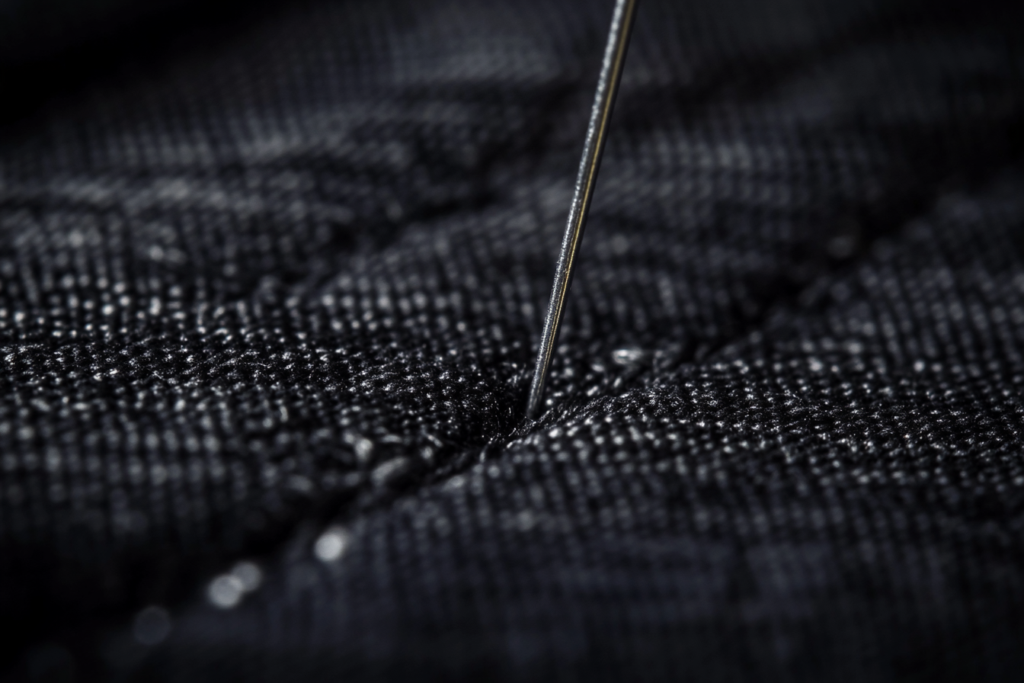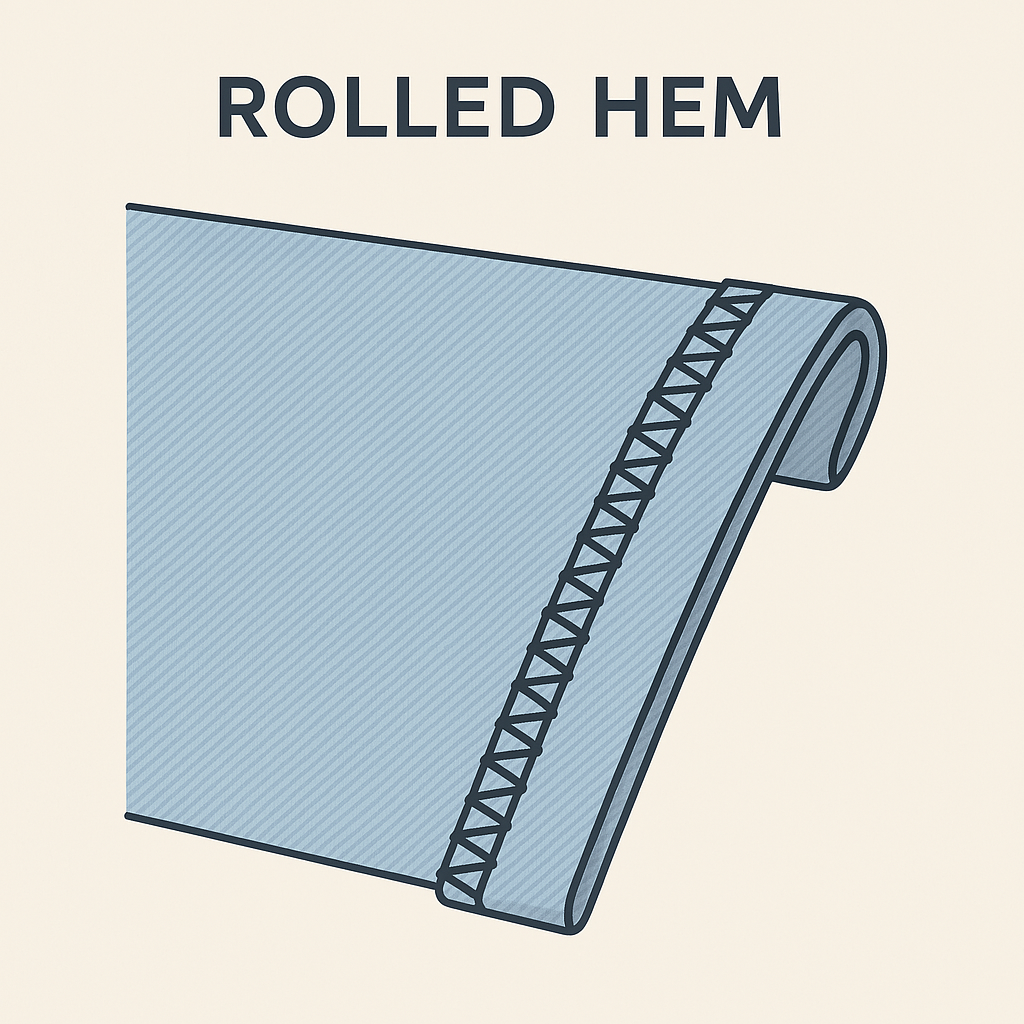Outerwear Cuffs: Functional Designs for Performance and Protection
🧵 What Are Outerwear Cuffs?
Outerwear cuffs are specially designed sleeve finishes used in jackets, coats, and technical garments to provide weather protection, adjustability, and comfort. Found in ski wear, raincoats, mountaineering jackets, and travel outerwear, these cuffs are both functional and aesthetic, often engineered to enhance thermal insulation, mobility, and fit over gloves or gear.
Outerwear cuffs can feature gussets, closure tabs, and asymmetric designs to meet specific performance needs.
✂️ Key Construction Details of Outerwear Cuffs
🔸 Gusseted Cuffs
- These cuffs include an inserted gusset at the sleeve opening
- Allows extra space and mobility, particularly for wearing over gloves
- Eliminates the need for a full slit or open cuff
- Gusset folds neatly under the outer cuff layer when not in use
🔸 Tab-Adjusted Closures
- Tabs allow the cuff to be tightened or loosened depending on activity or glove size
- Common closure types include Velcro, snaps, or elastic-backed flaps
- Ensures a snug seal to trap heat and prevent wind or water intrusion
🔸 Asymmetric Cuff Design
- Often used in rainwear or travel outerwear
- The cuff is longer on one side, forming a protective shield
- Prevents rain from dripping over the hands and into gloves
- Asymmetry also adds a visual design element to otherwise plain sleeves
📌 These designs must be tested for comfort, range of motion, and seal integrity under different conditions.
👕 Garment Use Table for Outerwear Cuffs
| Garment Type | Cuff Design | Closure Type | Special Feature | Best Use Case |
|---|---|---|---|---|
| Ski Jacket | Gusseted Cuff | Velcro Tab | Fits over gloves | Cold, snow-intensive wear |
| Mountaineering Parka | Gusseted Cuff | Snap & Elastic | Expands + seals heat | High-altitude use |
| Travel Raincoat | Asymmetric Cuff | Adjustable Tab | Prevents water run-off | City commuting, wet climates |
| Windbreaker | Elastic Cuff Insert | Pull Cord | Wind seal with comfort | Active outdoor sports |
🧷 Design Considerations for Outerwear Cuffs
- Choose closure systems that are easy to adjust with gloves on
- Test gusset width for glove accommodation without bulk
- Ensure thermal insulation is not compromised at the wrist
- Coordinate cuff material with the jacket lining and outer shell for durability
- Use reinforced stitching in high-wear cuff areas to prevent fraying or failure
🌟 Benefits of Outerwear Cuffs
✔️ Insulation control – traps warmth around wrists
✔️ Weather resistance – blocks wind, snow, and rain
✔️ Ergonomic design – fits over gloves or wrist gear
✔️ Adjustability – tabs allow real-time fit changes
✔️ Visual impact – asymmetric or detailed cuff design adds style
📌 Summary
Outerwear cuffs are essential in performance garments, offering protection, adjustability, and thermal control. Whether it’s a gusseted ski jacket cuff or an asymmetric raincoat cuff, these features help enhance both function and fashion. Designers must carefully consider cuff placement, size, and closure to ensure the overall performance and user experience of the garment. Choosing the right cuff can significantly improve a product’s comfort, durability, and market appeal.




